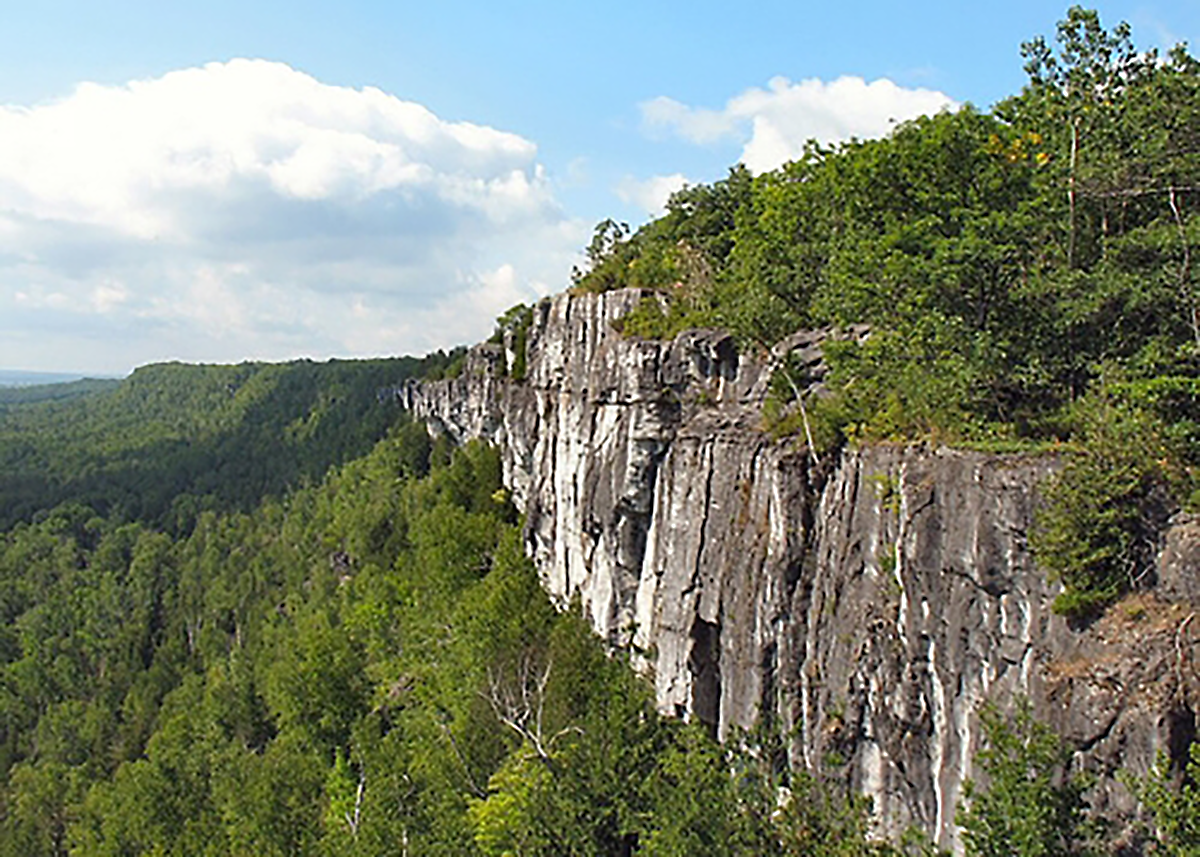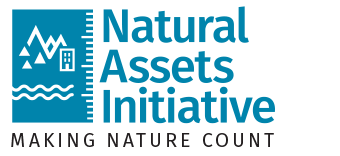Celebrating Indigenous Wins for People & Planet in 2023
On June 21, National Indigenous Peoples Day, we recognize and celebrate the history, heritage, culture, resilience and diversity of First Nations, Inuit and Métis from coast-to-coast-to-coast. Today and every day, the Natural Assets Initiative (NAI) is proud to acknowledge that Indigenous Peoples continue to lead the way in protecting, conserving and restoring nature for us all. The continued work of Indigenous People has led to historical outcomes for people and planet. So, while we learn and remember the history and heritage of Indigenous Peoples, we are also celebrating some of the history making efforts that have been achieved in this calendar year!

Realizing 30×30 — Indigenous-led conservation and protected areas are growing, fast!
At the UN COP15 biodiversity summit, Canada made a commitment to protect 30% of lands and waters by 2030. Indigenous Peoples are leading this charge with over 500,000 kilometers squared of proposed protected areas declared, proposed or already in operation. Currently, there are three Indigenous Protected and Conserved Areas (IPCA) recognized by the federal government, all in the Northwest Territories: Edéhzhíe Dehcho Protected Area and National Wildlife Area; Ts’udé Nilįné Tuyeta Indigenous and Territorial Protected Area; and Thaidene Nene National Park Reserve.
Before the term IPCA was even created by the Indigenous Circle of Experts in 2018, Indigenous-led conservation efforts like the Tla-o-qui-aht Tribal Parks on Meares Island in British Columbia and Pimachiowin Aki World Heritage Site in Manitoba were already established and leading by example. A new IPCA has been declared nearly every other week this year; many of these designated areas hold irreplaceable carbon sinks with high rates of biodiversity and ecosystem services, making them essential for continued life on earth for all people.
From renewable energy to conservation, Indigenous Peoples continue to move faster than the rest of Canada to adapt to climate change and unprecedented biodiversity loss. The commitment and leadership of Indigenous Peoples to declare IPCAs and deploy regenerative funding models to support these conservation efforts for the long-term is making history, today.
Blueberry River First Nations Implementation Agreement
Another history-making event is the Blueberry River First Nations Implementation Agreement with the Province of BCwhich was announced on January 18, 2023. This agreement is in response to BC’s Supreme Court decision on June 29, 2021, which found that the province had infringed upon Blueberry River’s Treaty 8 rights due to the cumulative impacts of decades of industrial development. The Court prohibited the provincial government from authorizing further activities — which unjustifiably infringe Blueberry River’s rights — and directed the parties to negotiate a collaborative approach to land management and natural resource development that protects the Nations’ treaty rights.
This historic agreement connects treaty rights to the rights that all people have to a healthy environment. Indigenous Peoples have a growing body of international, federal and provincial human rights frameworks and jurisprudence that can be used to slow down biodiversity loss in their territories. The Blueberry River First Nation Implementation Agreement demonstrates how to slow down biodiversity loss by measuring the cumulative effects of industrial development, pursuing legal action, and coming to an agreement regarding land management and natural resource development in way that protects people and nature. Victory as a result of the Blueberry River First Nation’s bravery and perseverance to standup for their treaty rights and nature for the benefit of all people is something we will be celebrating for years to come. We are also certain that this agreement will make history all over Canada and may have long-term implications, like the reduction of industrial development at the expense of people’s health.
Robinson-Huron Treaty Annuity Settlement
Robinson Huron Treaty Chiefs and dignitaries announce $10 Billion in compensation is for 21 First Nations. There is not yet a settlement for per capita payments to individuals.
— Anishinabek Nation (@AnishNation) June 17, 2023
Duke Peltier said “It is our people who have been carrying the burden of treaty for far too long.” pic.twitter.com/6TYyHxXcI2
Last but not least, after a decade of litigation, 21 Anishinaabe communities along the north shore of Lake Huron will be receiving their share of the wealth generated from natural resource development in their territories through a $10 billion (yes, billion with a B) settlement paid by the federal and provincial governments. Announced by all three parties on last Saturday, June 17 in Sudbury, Ontario, this settlement puts a more accurate price on natural resource development and redirects financial capital towards Indigenous People, who for decades have demonstrated how to lead the climate change and biodiversity loss prevention movement with investments into renewable energy and conservation in their communities, despite having less capital available than non-indigenous communities.
The Robinson-Huron Treaty, signed in 1850, outlined an agreement for sharing land and resources. The 21 Anishinaabe communities in this territory agreed to share these lands and economic benefits from resources in exchange for an annual payment. Despite the billions of dollars in revenue from various resources taken from the territory, the annual payment (annuity) has not changed since 1874 and still remains only $4. The $10B settlement will resolve past unpaid annuities. The logistics on how these funds will be distributed amongst the diverse communities will be handled through extensive engagement with each community. Negotiations for annual payments going forwards are yet to be announced and are certain to drive more thoughtful, equitable and environmentally conscious decision-making for natural resource development in the region.
The impact this decision will have in a region that has significant amounts of critical minerals needed for the energy transition and irreplaceable carbon, biodiversity and ecosystem services — often referred to as “the lungs of the planet” — cannot be understated. The conflicting goals of nature conservation and mining for clean energy to mitigate and adapt to climate change will be addressed in northern Ontario. This settlement and long-term agreement to share natural resource annuities more equitably could result in both key goals being met by including Indigenous values at the decision-making table. It also highlights the importance of sharing responsibility and co-governing our shared lands and resources.
Indigenous Peoples have invented and are inventing some of our most promising climate solutions from Two-Eyed Seeing to regenerative agriculture and conservation economies like Indigenous Protected and Conserved Areas (IPCAs).
NAI is Committing to Reconciliation through Action
Determining how natural asset management can uphold the United Nations Declaration of the Rights of Indigenous Peoples (UNDRIP) is a top priority for NAI. This year, we will expand partnerships with Indigenous communities, organizations and networks and build upon The Journey So Far: Reconciling First Nations Worldview and Perspectives with Natural Asset Management project in Manitoba with Winnipeg Metropolitan Region and Treaty 1 First Nations. For example, we have launched a Two-Eyed Seeing natural asset inventory project in B.C to incorporate cumulative effects, Traditional Ecological Knowledge (TEK) and Biocultural Indicators into our standard approaches. We also changed our name from Municipal Natural Assets Initiative to Natural Assets Initiative, in part, as an act of decolonization to show that we are ready to create the Ethical Space needed to uphold UNDRIP in this work.
Celebrating the bright future thanks to the history-making efforts of Indigenous-led nature conservation achievements is at the top of our list on National Indigenous Peoples Day and everyday — we hope it’s on yours too!
Authored by Kim Neale, Project Manager and Indigenous Affairs Associate
Kim Neale is of mixed Anishinaabe, Métis and settler heritage currently residing in the traditional and unceded territories of the Anishinaabe, Potawami and Odawa people of Mnidoo Mnising (Manitoulin Island). This year Kim will apply her background in environmental engineering, sustainable finance/insurance and Indigenous capacity/community-building leading some of NAI’s work in Two-Eyed Seeing natural asset inventories and nature-based financial norms and standards.


